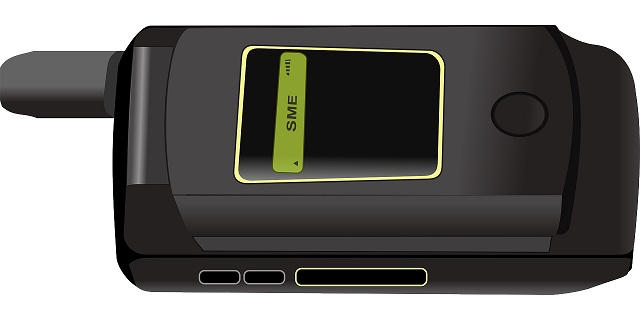Table of Contents
The Rise of Flip Phones: A Blast from the Past
Remember when flip phones ruled the world? Explore the intriguing journey of these iconic devices and their enduring appeal.
From the humble beginnings of Motorola’s StarTAC to the futuristic smartphones of today, flip phones have come a long way. Let’s take a close look at their evolution and uncover the reasons behind their resurging popularity.
The Dawn of a Revolution: Birth of the Flip Phone Era
In the late 1990s, a revolutionary device emerged, changing the way we communicate forever. The first flip phone, the Motorola StarTAC, captivated the world with its compact design and cutting-edge functionalities. This marked the beginning of an era that would shape the future of mobile technology.
During this era, flip phones became the epitome of style and sophistication. With sleek designs, clamshell flip mechanisms, and compact form factors, they captured the attention of consumers worldwide. As they gained momentum, manufacturers began to incorporate innovative features like color displays, external caller ID screens, and even cameras.
Flip phones offered a unique combination of style and functionality. They provided users with the ability to answer calls with a satisfying flip of the phone, creating a sense of anticipation and a touch of elegance. The physical keypad made texting and dialing a breeze, allowing users to quickly and effortlessly communicate with others. This simplicity and ease of use contributed to the early success of flip phones and their enduring appeal.
The Flip Phone Frenzy: A Global Obsession
As the new millennium approached, flip phones reached their peak popularity. Brands like Nokia, Samsung, and LG flooded the market with diverse flip phone models, each aiming to outdo the other. Young and old alike were caught up in the flip phone frenzy, with everyone clamoring to get their hands on the latest sleek and fashionable device.
The appeal of flip phones was not limited to aesthetics alone. Their sturdy build quality and ability to withstand accidental drops made them a practical choice. Flip phones also boasted exceptional battery life, allowing users to go days without reaching for a charger. Additionally, the physical keypad provided tactile feedback, making texting and dialing effortless.
However, it wasn’t just the practicality that made flip phones a global obsession. They symbolized a sense of status and trendiness. Celebrities and influencers were often seen sporting the latest flip phone models, further fueling the frenzy. Flip phones became a fashion statement, an accessory that complemented one’s personal style.
The Rise of the Touchscreen: The Flip Phone’s Retreat
As technology rapidly advanced, flip phones faced fierce competition from the advent of touchscreen smartphones. The iPhone, released in 2007, revolutionized the market by introducing a fully touch-based interface. This groundbreaking development marked a turning point for the mobile industry, gradually phasing out flip phones from the mainstream market.
Touchscreen smartphones offered a new level of versatility with intuitive gestures and limitless possibilities for app development. As consumers embraced the convenience of touchscreens, flip phones struggled to keep up with the demand for larger screens and more advanced features. The compact form factor and physical keypad that once defined flip phones seemed outdated in comparison.
Although flip phones retreated from the mainstream market, they continued to hold a special place in the hearts of many. The nostalgia associated with these devices, along with their simplicity and durability, kept them alive in the hearts of a dedicated fan base.
Nostalgia Resurrected: The Flip Phone Renaissance
In recent years, a growing number of users have been yearning for a simpler, less distracting mobile experience. The constant connectivity and barrage of notifications offered by smartphones have left many feeling overwhelmed and disconnected from the present moment. This sentiment has sparked a resurgence of interest in flip phones as a viable alternative.
The flip phone renaissance is not just about nostalgia. It is a conscious choice to embrace a more intentional and minimalistic lifestyle. Flip phones offer a pared-down mobile experience, free from the distractions of social media and endless app notifications. They allow users to focus on what truly matters, whether it be spending quality time with loved ones or immersing themselves in the beauty of the world around them.
In response to this growing demand, some smartphone manufacturers have begun reintroducing flip phone models with a modern twist. These devices combine the simplicity of flip phones with limited smartphone functionalities, striking a balance between connectivity and mindfulness. While these new flip phones may not dominate the market as their predecessors once did, they serve as a reminder that there is still value in simplicity and that the evolution of mobile technology does not always have to mean more complexity.

